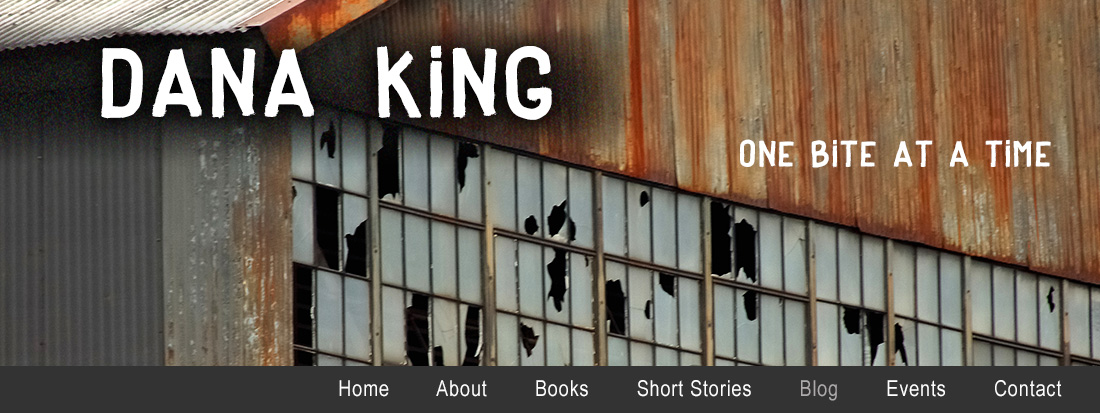The current work in progress has been, without question, the biggest pain in the ass of any writing project I have ever undertaken. It started in the fall of 2011 as a PI story. By early spring things still weren’t coming together so I re-crafted the plot to become the next installment in my Penns River series and started over from scratch last fall.
I usually knock out a first draft in three, three-and-a-half months; this one took over six. The ending changed three times in the last three weeks. At least half a dozen new chapters will have to be in the second draft—including the final—as the original outline has not held up well to events on the gound.
I read chapters to The Beloved Spouse as they’re ready. She always catches things that need to be fixed, but this go-round has left me with the nagging feeling of having well-written scenes that don’t add up to a book. The end result is—to paraphrase Delroy Lindo in Get Shorty—I can’t wait for this book to be over. I always feel that way, but it’s usually four or five drafts in, and is my indicator things are about as good as they’re going to get. I know that’s not true here.
Enough bitching. All of the above are good things, because I’ve learned a valuable lesson. I gave up on the PI version when I realized the core element of the story—a religious-themed shopping center named Resurrection Mall—didn’t fit well with my PI character. It was better suited to be something built in Penns River, as a counterbalance to the casino introduced in Grind Joint. (Available Spring of 2014 from Stark House. I’ll probably mention that once or twice again.) Writing from that perspective has been easier, but there were still issues. I’ve finally figured out what they are.
The nagging concern that I had a series of good chapters in search of a book got me to thinking a key question for any book: what’s it about? I’d been writing with the idea the book was about Resurrection Mall, and Ben Dougherty was the main character. Uh-uh. It’s about life in a perpetually economically depressed community; the main character is the town. Making sure the narrative thread is continuous should not be my primary concern. The story can be told as a series of small town vignettes, each relevant to the core, but relevant in different ways, and the relevance may not be immediately obvious. It’s still going to be a lot of work, but I know where I’m going now, and it will be fine.
Stephen King says in On Writing that the trick for him is to find out what a book is about. On Page 201 he writes:
Not every book has to be loaded with symbolism, irony, or musical language (they call it prose for a reason, y’know), but it seems to me that every book—at least every one worth reading—is about something. Your job during or just after the first draft is to decide what something or somehtings yours is about. Your job in the second draft—one of them, anyway—is to make that something even more clear. This may necessitate some big changes and revisions.
I usually plunge more or less straight into second drafts.For me, half the reward of finishing the first draft is having an opportunity to fix it. This time, the process is different. I’m taking a week to read the entire first draft with the purpose of re-writing the outline to reflect what’s there, not what was intended. Take some notes and take a look at the forest for a change. Sub-plots will be altered or removed. Some chapters will be added, some cut, and others will be dramatically shifted in focus. It’s going to be as big a pain in the ass as any project I’ve ever tried. It’s also going to make for a better book.
This will end up a my most ambitious project, though it did not start out that way. It might work, or it might not. I’ll stay with it until it’s as good as I can make it, then you can decide whether all the effort was worth it.
Just like always.




No comments:
Post a Comment